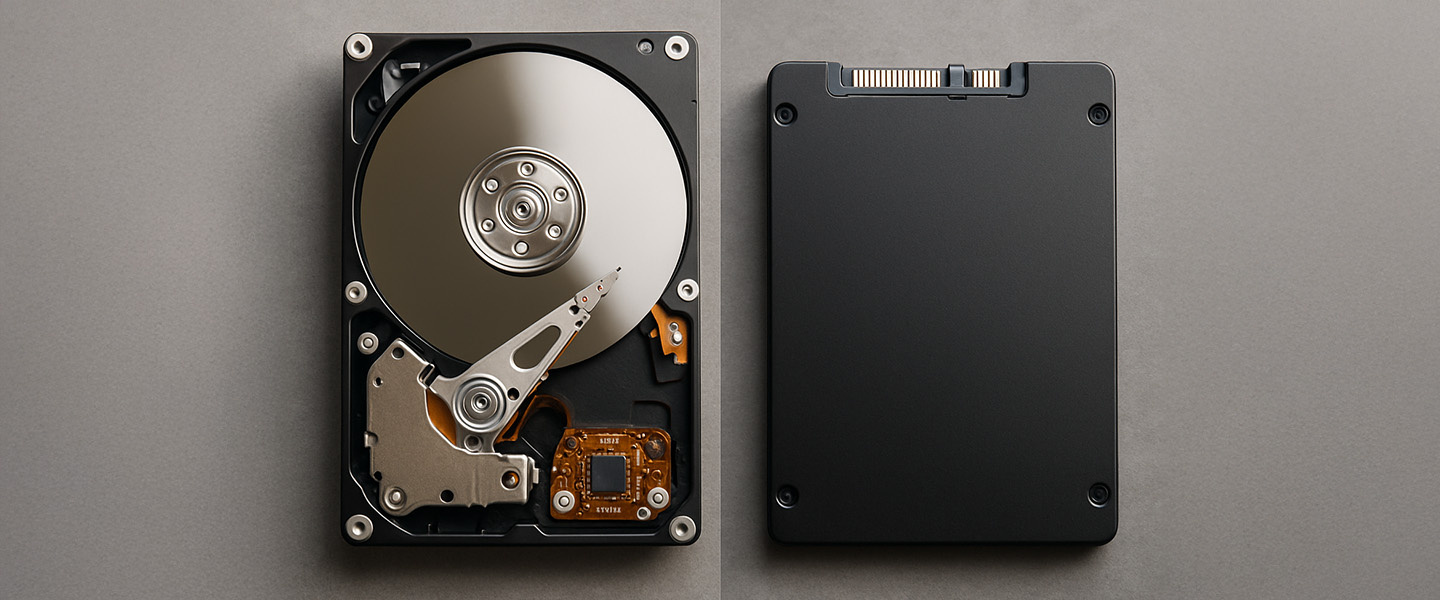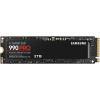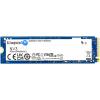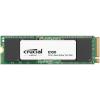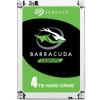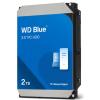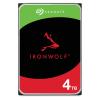When you’re buying a new computer or upgrading an old one, one of the most important choices you’ll face is storage. Specifically: should you go with an SSD or an HDD?
Both options store your files, apps, games, photos, and everything else—but they work very differently, and that affects things like speed, durability, battery life, and price. In this guide, we’ll break it all down so you can decide what’s right for your needs.
What Is an HDD?
A Hard Disk Drive (HDD) is the older of the two technologies. It stores data on spinning metal disks called platters, which are read by a moving arm with a magnetic needle—kind of like a record player.
Because it's mechanical, an HDD takes longer to find and retrieve data. It’s also more prone to damage from drops or bumps. But what it lacks in speed, it makes up for in price and capacity. HDDs are a cost-effective way to store large amounts of data.
- Typical sizes: 500GB to 4TB or more
- Best for: Mass storage—videos, photos, backups, and files you don’t need to access super quickly
What Is an SSD?
A Solid State Drive (SSD) does the same job—storing data—but with no moving parts. It uses flash memory (similar to what’s inside a smartphone or USB stick) to store and retrieve information electronically. This makes SSDs much faster, more durable, and completely silent.
- Typical sizes: 256GB to 2TB
- Best for: Operating systems, apps, games, and anything you want to load quickly
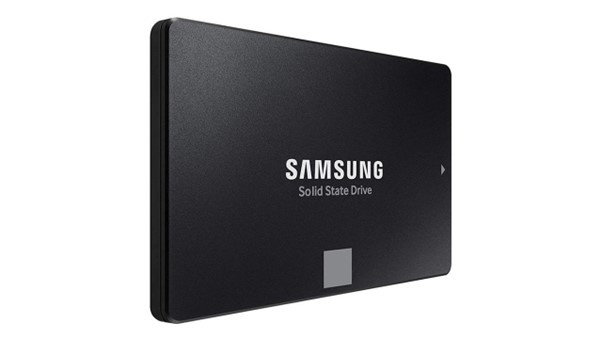
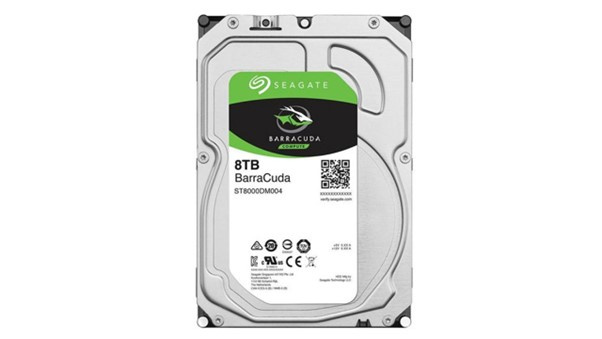
How Much Faster Is an SSD?
This is where the difference becomes obvious. SSDs dramatically improve day-to-day speed and responsiveness.
| Task | HDD (Typical) | SSD (Typical) |
|---|---|---|
| Booting Windows | 45–90 seconds | 8–15 seconds |
| Opening a large app | 20–30 seconds | 2–5 seconds |
| Copying a large file | ~100 MB/s | 500–3000 MB/s (or more) |
For most people, switching to an SSD is the single biggest speed boost you can give a computer. Everything just feels snappier.
How Do They Compare on Price?
HDDs are cheaper per gigabyte. If you're storing massive amounts of files, like 4K videos or years of photos, they're the most affordable way to do it.
- A 2TB HDD might cost around NZD $120
- A 1TB SSD could cost NZD $180–$250, depending on speed
This is why many desktops and laptops include both: a fast SSD for everyday tasks and a large HDD for file storage.
Durability and Noise
- HDDs: Have moving parts, so they’re more vulnerable to shock and wear. They also make a quiet spinning sound when in use.
- SSDs: No moving parts means better shock resistance and complete silence. They’re far better suited for laptops and portable devices.
Battery Life
Because SSDs don’t need to spin disks or move mechanical arms, they use less power. That means better battery life on laptops, can sometimes be significantly better if you’re working unplugged.
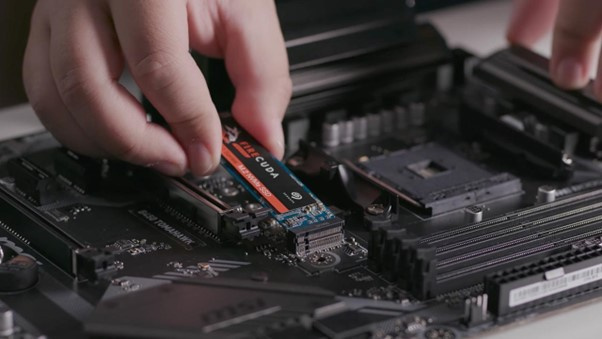
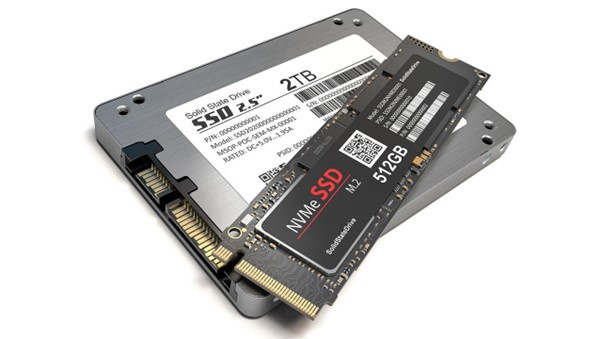
What Is NVMe and Is It Better?
You might see terms like NVMe SSD or PCIe SSD while shopping. This refers to how the SSD connects to your computer.
- SATA SSDs: Use the same connection as old hard drives and max out at around 550 MB/s
- NVMe SSDs: Use a faster PCIe connection, reaching speeds between 2000 and 7000 MB/s
If you’re gaming, editing videos, or doing any high-performance work, NVMe SSDs are worth it. For everyday tasks like browsing, a SATA SSD still feels lightning fast.
| SSD Type | Speed Range | Best For |
|---|---|---|
| SATA SSD | Up to 550 MB/s | Everyday use, budget-friendly |
| NVMe SSD | 2000–7000+ MB/s | Gaming, creative work, large files |
Which One Should You Choose?
Here’s a quick breakdown based on how you use your computer:
- Just web browsing and emails? A basic HDD will do—but you’ll notice slower load times.
- Gaming, multitasking, or creative work? Definitely go SSD.
- Need lots of space for files or backups? Use an HDD—or both.
Many people use a hybrid setup: SSD for speed, HDD for storage. It’s a smart way to balance performance and capacity.
Final Thoughts
If your budget allows, an SSD will make your computer feel dramatically faster, quieter, and more responsive. It’s one of the best upgrades you can make.
But HDDs still offer great value if you need lots of space and don’t mind waiting a little longer for things to load.
The best solution for most users? Use both. Let the SSD handle the heavy lifting and the HDD do the long-term storage.

